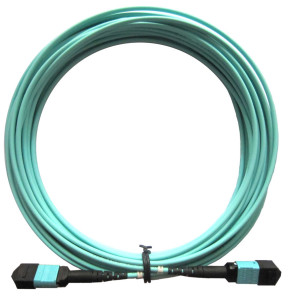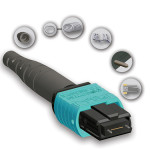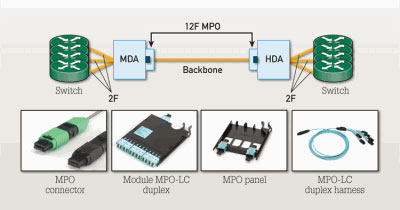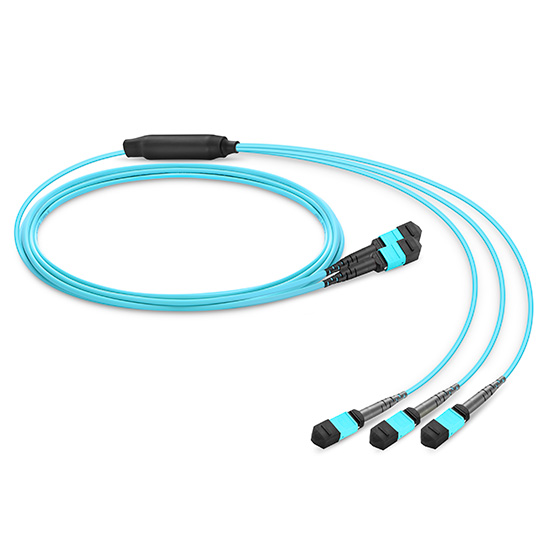The MPO was created to provide highly reliable connections in high density fiber applications, primarily in interoffice data network environments. The connector was revolutionary and performed as advertised in its early years, and helped advance optical connectorization in subsequent decades. The data communications industry uses MPO connectors to connect fiber backbone in premises applications, mainframe links, and in high density “data centers.” In the telecom industry, the MPO is most often found in the central office, although it also meets the test requirements for outside plant.
As optical networks and technology evolved, higher expectations for low attenuation and durability also evolved, and the MPO connector lost its luster as a groundbreaking connection method. Some service providers and data center managers began to view the first-generation MPO connector as a “weak link” in networking. As with all fiber connections, optical performance is dependent upon precise fiber alignment and saturated optical contact. In the case of an MPO connector, exacting fiber alignment and polished geometry of the fiber array is even more crucial.
The MPO connector began to be perceived as having relatively high insertion loss and less consistent reflectance when compared with discrete singlemode fiber connectors such as SC or LC in both UPC and APC versions. Additionally, MPO intermateability between suppliers was more difficult to achieve at a common performance level, plus MPO environmental performance and mechanical durability was much more challenging. These problems were largely due to air-gapped fiber ends and dimensional tolerance errors, which yielded radial displacement of fiber cores upon termination. These two factors resulted in typical MPO Insertion Loss (IL) values of 0.5 to 1 dB, while discrete SM Connectors had evolved to IL capability of <0.2 dB Typ, 0.35 dB Max.








